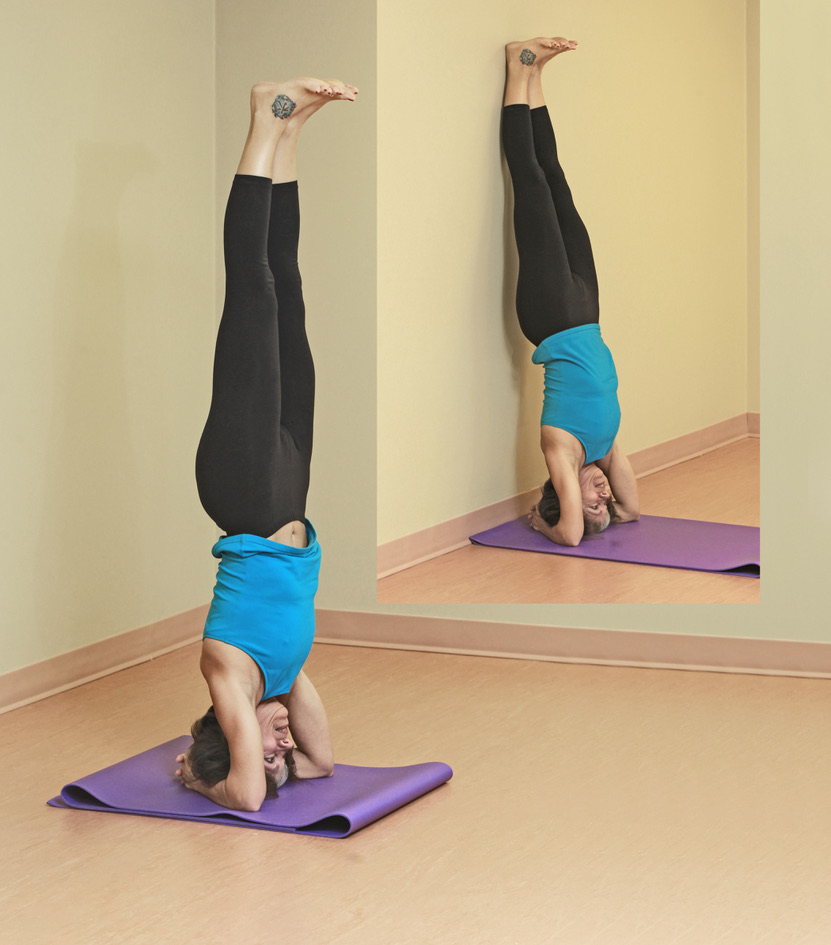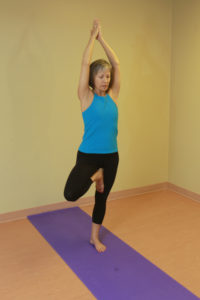In the end, it’s all a question of balance.
Rohinton Mistry, A Fine Balance, 1995
One of my greatest life lessons could be simplified to “all things in moderation.” In my case, choosing the path of moderation literally pulled me back from slipping into the manic-depressed extreme of bipolar mental illness. Even with that awareness, it still took me several more years and lessons before I understood what it truly means to live a balanced life.
Balance is the key to everything. What we do, think, say, eat, feel, they all require awareness and through this awareness we can grow. Koi Fresco
Like most people of my era (Boomers), I looked outside myself for answers and direction in a belief that this would lead me to greater adventure, success and fulfilment. With the onset of mid-life, most of my generation banged into the wall of doubt and dissatisfaction where we learned that striving did not equate with thriving. Although we may have elevated our knowledge, our income and our social class, we still lacked that deeper sense of fulfilment that comes from creatively contributing to the betterment of society at large. Simply put, more money and more status do not equate with more heart-felt community. Our “rugged individualism” isolated rather than connected us in the meaningful ways that feed one’s soul.
As a consequence, I had to regroup and ask myself, “What truly brings that sense of contentment and peacefulness that emerges as a result of living a fulfilling life?” Hindsight has gifted me with this answer — balance. The fine balance that Rohinton Mistry alludes to must first be crafted within. Only when we create balance among our inner aspects — physical, energetic, mental-emotional and spiritual — can we begin to express and gift that balance into our outer community and world.
Of these human aspects, bringing balance to our physical body is a great way to begin. Inner balance requires moment-to-moment awareness and a disciplined body practice, which is why I chose yoga to help me discover and expand my capacity for stability, contentment and ease.
Yoga’s physical practice of asana (poses) specifically balances stability (tone, strength, steadiness, grounding) with ease of movement (flexibility, comfort, peace). As we witness in weight lifters or contortionists, emphasizing strength over flexibility or flexibility over strength results in weakness and injury. These imbalances show up as compression or too little space in the strong, yet inflexible, body and collapse or too much space in the flexible, yet less powerful, body. Both imbalances contribute to the medical statistic in which 70% of adults can anticipate a hip replacement in their lifetime. Wow, here is an imbalance that needs our attention.
So how do we become aware of our reinforced behaviours, which keep us stagnant, stuck or suffering and en route to that hip replacement?
Life is a balance between what we can control and what we cannot. I am learning to live between effort and surrender. Danielle Orner
Stagnancy or suffering is the gap between what we want and what is. In order to bridge this gap in a balanced way, we find ourselves engaged in a constant exploration between effort and ease. In the early stages of a yoga practice, greater effort is required to build our body’s physical capacity. Without this strength, we are unable to stand on our own two feet or shoulder our responsibilities, literally and metaphorically. With a disciplined and balanced practice, we come to manage our personal responsibilities, emotional experiences and social interactions with effort and ease. As we strengthen and open the outer layers of our physical being, our inner subtle layers of experience — breath-energetic, mental-emotional, and spiritual — become available for purification.
… yoga cleans the lens of consciousness in order to admit the sun (soul). BKS Iyengar
Penetrating the physical layer of our being with awareness and balance (effort and ease) allows us to shed light where none previously existed — in our subtle layers of being. To study these subtler capacities, our focus remains the same, that is, we continue to strengthen areas of weakness and relax persistent gripping. What changes is our approach. We shift from doing to being.
To truly access these subtle layers, we must surrender our will. Instead of manipulating our body with our mind (willfulness), we listen for and allow our body’s intelligence to guide our actions. With this wiser guidance, we enter the core of our being from a new perspective. Seeing with new “eyes” takes us beyond outward symptoms into the source of our challenges. As an example, my behavioural pattern — overusing the right side of my body to do all my work (mental and physical) — registered as an over-reliance on my logical (left brain) thinking and masculine (results-based) energy. With this awareness/new perspective, I can now consciously and continually choose to balance my being by working more equally with my right brain (intuitive thinking) and left, feminine (receptive) side.
I am not alone. Upwards of 70-90% of people are right-handed or right dominant. Not surprising, given most people’s social conditioning favoured science (logic) over intuition as a means of decision making. Might there be a correlation between this statistic and the one suggesting 70% of us will need a hip replacement? Are you overusing one hip to its detriment?
Just to refresh our memories, the right side of the brain has been classified (by yogis, Buddhists, ancient Mayans, etc.) as feminine and governs the left side of the body while the left side of the brain is seen as masculine and in charge of the body’s right side.
The male side is usually connected to our rationality, logic, linear thinking, and understanding. The female side is connected to feelings, nurturing, caring, compassion, love, and all the emotional qualities. Marti Angel
Too much reasoning or too much emotion indicates an imbalance and an inability to be mindful. Consider this, have you ever overthought something and then realized that you missed the point? Or, have you been overwhelmed by your emotions and acted on impulse?
… there is a belief that manic depression occurs when the right and left energies are uncontrolled or out of balance. When a person is stuck on the right, the male manic side, then the body becomes wiry and thin and heart attacks become prevalent. When stuck on the left, the female depressive side, the person becomes lethargic, fat and easily depressed. The physical base of these energies is the perineum in the male and the vulva in the female. Their other control point is the left and right nostrils. Blocked nostrils and mucus can show a blockage of these energies. Marti Angel
A regular yoga practice provides the opportunity to observe and understand this inner dance between feminine and masculine energies. Then, with awareness, we can bring balance to our physical, energetic, mental-emotional and spiritual aspects. Meditation, nadi shodhana and chakra balancing are effective ways to connect with and balance our female/male energies.
Ask yourself, how do you express your feminine energy? your masculine energy? Is one more predominant? How can you begin to balance these equally significant energies?
Note: If you are seeking greater balance in your hips and life, consider attending my November 30 workshop. In this workshop, you will initially experience muscular-skeletal yoga actions (earth element; masculine) for balancing hip stability and openness. Then, to understand the difference between doing and being, you will shift to working with subtle actions (air and water element; feminine). The beauty of the subtle body actions is that they simultaneously work on many symptoms (behaviour patterns) as well as the single source of many issues in our tissues.





